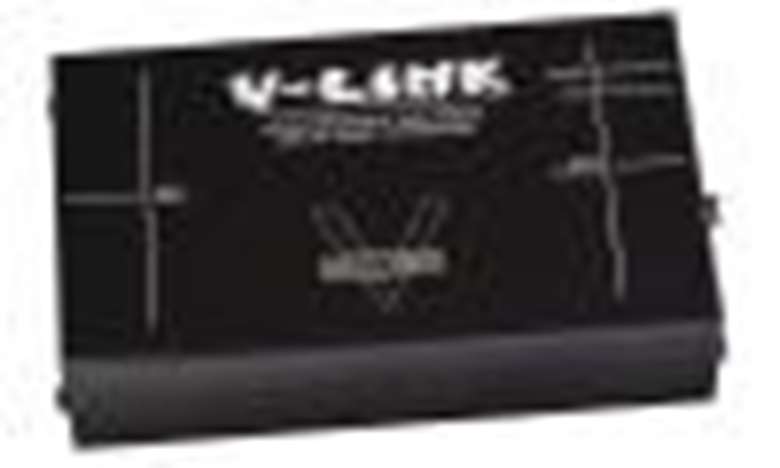Musical Fidelity V-Link: a simple solution to a common computer audio problem
Martin Cullingford
Wednesday, May 11, 2011

This could be the missing link between computer-stored music and high-quality systems
Whether streaming online music or playing music “ripped” from CDs, the idea of linking computer and hi-fi seems to trouble many. The simplest method – from the headphone jack of the computer into a spare line input on a stereo amplifier – is OK, but brings a range of problems. The digital to analogue conversion in the computer may not be great, the headphone amplifier will be very poor and such connections are prone to interference from the rest of the computer.
Or, if you have a digital output on the computer – some hide an optical output inside their headphone socket – you can connect straight to a digital-to-analogue converter (or DAC) or a multichannel AV receiver with such conversion built-in.
The final option is a digital to analogue converter with a USB input – but again, the electrical connection between the computer USB port and DAC can transmit noise. And while it’s possible for USB to transmit high-resolution music (the excellent 24-bit downloads available from labels such as Linn Records, for example), the computer may downsample the output to suit its workload, impeding quality. That’s where this little box comes in: Musical Fidelity’s £100 V-Link offers an interface between USB audio and the usual
S/PDIF optical and electrical digital inputs. Plugged into a computer’s USB port, it’s “seen” by the computer as a sound device and its asynchronous design USB input solves the work-related sound problem I mentioned.
Simply, rather than allowing the computer to determine the data rate, the V-Link demands data in the same form, and at the same rate, as it is stored. In even simpler terms, it pulls data from the computer at the rate it should be delivered, rather than simply accepting it at the rate at which the computer chooses to serve it up.
Performance
The V-Link is powered from the computer and, while it has both optical and electrical output sockets, Musical Fidelity points out that it’s advantageous to use an optical connection, as this gives complete electrical isolation between computer and audio system.
The company provided a sample of its V-DAC digital to analogue converter (£180): using this and my MacBook Pro laptop, I was able to try out all the variables of computer-to-hi-fi connection.
The most interesting comparison was between the V-DAC, fed into one of my amplifier’s analogue line-ins and connected to the computer via USB, and the same configuration using a USB connection to the V-Link and then an optical connection to the V-DAC. The latter delivers greater definition and detail – and not just when playing high-resolution files; the effect was even notable when listening to Radio 3’s “higher definition than normal internet streaming but not really in any way HD audio” 320kbps HD Sound service, where the two Musical Fidelity boxes delivered highly convincing internet radio.
Playing devil’s advocate, I also tried replacing the MacBook Pro (just under £1700 in the spec I have) with a budget netbook computer of the kind you could buy in one of the big electrical “sheds” for under £200. I even plugged a 5m USB cable between computer and V-Link, just to make things really tricky.
The result? Whether streaming music from my hard-disk storage over the home network, or with high-quality internet streamed services, the V-Link/netbook combination sounded magical – and I don’t use the term lightly, such was my surprise at just what could be achieved for so little.
In fact, if you’re thinking of trying with this whole streaming music thing and want to limit your financial exposure, you could do a whole lot worse than a budget netbook, dedicated to the music-playing task, and the V-Link, either plugged into an AV receiver or an affordable DAC.
With separate hi-fi streaming client components starting from well on the wrong side of £500, such a set-up would seem to me to make a lot of sense.
Musical Fidelity V-Link
Type Asynchronous USB to S/PDIF converter
Price £100
Inputs USB Type B
Outputs Optical and electrical digital
Dimensions (WxHxD) 17x4x9.5cm
Made by Musical Fidelity Limited, 24-26 Fulton Road, Wembley, Middx HA9 0TF
Tel: +44 (0)20 8900 2866
www.musicalfidelity.com







